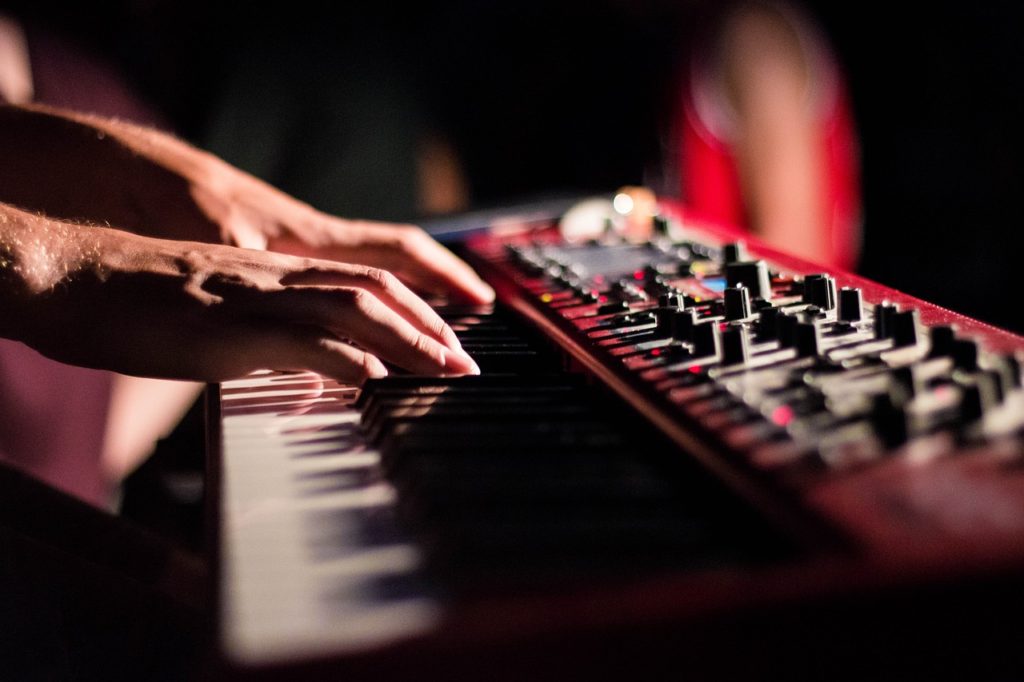Before we can micro tune the keyboard, we need to talk about cents. Tuning theory and ethnomusicology both use cents to better describe tunings.
On the piano, a semitone is the distance from one key to the very next key up or down. Cents break each semitone on the keyboard into 100 parts (1 cent = 1/100 of a semitone).


